Cancer is a multifaceted disease characterized by the uncontrolled growth and spread of abnormal cells in the body. It impacts not only the physical aspect but also the mental, emotional, intellectual, and spiritual quadrants of an individual’s life.
The complexity of cancer, influenced by genetic, environmental, and lifestyle factors, underscores the challenge of finding a universal cure. However, advancements in understanding the biology of cancer offer hope through personalized treatment strategies. Let’s go with the ultimate guide on the truth about cancer.
What is Cancer?
One of the most basic definitions of cancer is that it is a type of malignant growth caused by abnormal and uncontrolled cell division and proliferation. It is not a singular disease. It involves and affects all 4 quadrants of the body – the physical, the mental & emotional, the intellectual, and the spiritual.
Its reach even extends into the political and religious arenas. It is for this reason that a cure for cancer has been hard to come by. But that doesn’t mean it doesn’t happen!
At its core, cancer arises from cellular mutations that disrupt the normal regulatory mechanisms of a cell and its division.
A variety of factors trigger these mutations. Some of the more common causes of cancer are exposure to carcinogens such as smoking, alcohol, pesticides, and other chemicals; genetic predisposition; poor diet and nutrition; lack of physical activity; and environmental exposure.
Common Types of Cancer & Their Characteristics.
Breast Cancer
The most common cancer among women worldwide. It can also affect men. Characteristics include a lump in the breast or underarm, changes in breast size or shape, skin dimpling, nipple discharge, or redness.
Lung Cancer
The leading cause of cancer death globally. It is strongly linked to smoking, though it can also occur in non-smokers. Symptoms may include a persistent cough, coughing up blood, chest pain, and weight loss.
Prostate Cancer
Affects the prostate gland in men. It usually grows slowly and initially remains confined to the prostate gland. Early prostate cancer may not cause significant symptoms, but advanced stages can lead to trouble urinating, blood in the urine, and pain in the pelvis.
Colorectal Cancer (Colon and Rectal Cancer)
Affects the colon or rectum, parts of the digestive system. Symptoms include changes in bowel habits, blood in the stool, abdominal discomfort, and weight loss.
Skin Cancer
Includes basal cell carcinoma, squamous cell carcinoma, and melanoma. Melanoma is the most dangerous form. Characteristics include new growths or sores that do not heal, changes in existing moles (size, shape, color), and skin lesions that itch or bleed.
Leukemia
A type of cancer that affects the blood and bone marrow. The overproduction of abnormal white blood cells characterizes it. Symptoms include fever or chills, persistent fatigue, frequent infections, and easy bleeding or bruising.
Lymphoma
Includes Hodgkin lymphoma and non-Hodgkin lymphoma, affecting the lymphatic system. Symptoms may include enlarged lymph nodes, fatigue, fever, night sweats, and weight loss.
Ovarian Cancer
Affects the ovaries in women. It often goes undetected until it has spread within the pelvis and abdomen. Early-stage symptoms are vague but can include abdominal bloating, quickly feeling full when eating, and pelvic discomfort.
Key Factors Contributing to Cancer Development (Genetic, Environmental, Lifestyle).
Cancer development is a complex process influenced by a combination of genetic, environmental, and lifestyle factors. These factors can interact in numerous ways to increase an individual’s risk of developing cancer. Understanding these factors can help in identifying strategies for cancer prevention and early detection. Here are some key factors contributing to cancer development:
Genetic Factors
- Inherited Genetic Mutations: Certain genetic mutations that increase the risk of cancer can be passed from parents to children. Examples include mutations in the BRCA1 and BRCA2 genes, which significantly increase the risk of breast and ovarian cancers.
- Family History: Having a family history of cancer can indicate a possible genetic predisposition to cancer, even if a specific mutation hasn’t been identified.
Environmental Factors
- Exposure to Carcinogens: Carcinogens are substances that can cause cancer. Common examples include tobacco smoke, asbestos, and ultraviolet (UV) radiation from the sun. Occupational or accidental exposure to these substances can significantly increase cancer risk.
- Infections: Certain infections can increase the risk of cancer. For example, human papillomavirus (HPV) is linked to cervical cancer, and hepatitis B and C viruses are associated with liver cancer.
- Radiation Exposure: Exposure to ionizing radiation, such as from X-rays, radon gas, and nuclear radiation, can increase the risk of developing cancer.
Lifestyle Factors
- Smoking and Tobacco Use: Tobacco use is the single largest preventable cause of cancer worldwide. It is strongly linked to lung cancer, as well as many other types of cancer.
- Diet and Nutrition: A diet high in processed and red meats and low in fruits and vegetables can increase the risk of certain types of cancer, such as colorectal cancer.
- Physical Activity and Obesity: Being physically inactive and having excess body weight are risk factors for several types of cancer, including breast, colon, and kidney cancers.
- Alcohol Consumption: Heavy alcohol use is linked to an increased risk of cancers of the mouth, throat, liver, breast, and others.
- Sun Exposure and Tanning: Excessive exposure to UV radiation from the sun or from tanning beds can lead to skin cancer, including melanoma.
Other Factors
- Age: The risk of developing cancer generally increases with age due to the accumulation of risk factors and a decrease in the body’s ability to repair genetic damage.
- Hormones: Hormonal factors can play a role in the development of certain types of cancer, such as breast and prostate cancer. Hormone replacement therapy (HRT) has also been linked to an increased risk of certain cancers.
The Biology of Cancer
Understanding the biology of cancer is crucial for developing effective prevention and treatment strategies. Advances in all the sciences- biology, physics, chemistry, and its various combinations- have shone a light on the very intricate and complex molecular pathways that come into play in the development of cancer, its varied behaviors, and its treatment.
A better understanding of cancer and advances in genomics has also paved the way for forming a new paradigm in the treatment of cancer and possibly providing hope for a cure with immunotherapy, targeted therapy, and precision medicine, which allow for tailoring treatments to the unique genetic profiles of individual patients.
The Truth About Cancer
- Did you know that there are more than 100 types of cancer? Cancer can affect any tissue or organ of the body – bone marrow, bone, blood, blood vessels, soft tissues, muscles, and various organs.
- Cancer is the second leading cause of death, both in the United States and worldwide. Every year, it takes about 10 million lives globally and over 609,000 in the United States.
- Only a very small fraction of all cancers, between 5-10%, have a hereditary component to them. These are cancers that are strongly linked to a gene defect that is inherited from one or both parents.
- For males in the United States, besides skin cancer, prostate cancer is the most common cancer and is the second leading cause of death.
- Breast cancer is the most common cancer among females in the United States. It is also the second leading cause of death in females.
Prevalence of Cancer
- The prevalence of cancer has been on the rise globally and poses a significant public health challenge at many strata. At least 40% of all cancer-related deaths are related to modifiable risk factors, such as those mentioned in the opening paragraph above.
- Certain viruses, such as HPV, Epstein-Barr virus, Hepatitis B and C viruses, Human immunodeficiency virus (HIV), Human Herpes virus 8 (HHV-8), and Merkel Cell polyomaviruses, also cause a variety of cancers.
- Survival from cancer is at its highest when it is detected in its early stages and plays a pivotal role in improving outcomes.
- Public health initiatives promoting awareness about lifestyle modifications are also instrumental in reducing risk factors and promoting prevention.
- Screening programs aim to identify malignancies at an early and more treatable stage. Screening tests are available for skin, breast, lung, colorectal, cervical, ovarian, and prostate cancers, to name a few.
- Common screening methods for cancer are physical exams, blood tests, urine tests, tissue samples, and imaging studies.
- Some of the more common imaging tools used for cancer detection are X-rays, ultrasound, computed tomography (CT) scans, Magnetic Resonance Imaging (MRI), and Positron Emission Tomography (PET Scans).
- The other common cancer sites are the lung, colon, and rectum; melanoma of the skin, bladder, non-Hodgkin lymphoma, kidneys and renal pelvis, uterus, leukemias, and pancreas.
- Lung cancer is the most common cause of death from cancer in both males and females in the United States.
- Other leading causes of cancer death are cancer of the colon and rectum as well as the pancreas.
How Cancer Coaches Can Help
Cancer Consultation plays a vital role in the journey of cancer care by offering support, education, and guidance across all stages of the disease. They help patients navigate the overwhelming information about treatments, manage side effects, and make lifestyle adjustments that can improve their quality of life. By addressing the mental, emotional, and spiritual needs, cancer coaches provide a holistic approach to healing and empowerment, aiding in the transformation and recovery process.
Conclusion | The Truth About Cancer
Please consider this blog post to be part 1 of the many truths of cancer. It is true that cancer makes us aware of our own mortality, but it can also be a wake-up call. Cancer creates an ecosystem of its own that, in turn, affects the mind, body, and spirit.
This state is, in turn, affected by one’s physical behaviors (for example, diet and nutrition, exercise, and sleep), mental and emotional behaviors (for example, how we cope with stress, fear, and anxiety), and our spiritual behaviors (for example our faith, how we feel connected to a deeper source of love or a higher power).
If the diagnosis and treatment of cancer are received with a desire and willingness to be educated and empowered, then transformation and healing of and from the cancer are inevitable. So this is all for the truth about cancer.
FAQ
What role does a cancer coach play?
Cancer coaches support and guide patients through treatment, side effects management, and lifestyle changes for better well-being, addressing physical, mental, emotional, and spiritual needs.
How does cancer impact mental and emotional health?
Cancer affects mental and emotional health by causing stress, anxiety, and fear, challenging one’s beliefs and connection to deeper meanings or a higher power.
What contributes to cancer development, and how can it be addressed?
Genetics, lifestyle, and environmental factors contribute to cancer. Addressing it involves lifestyle changes, regular screenings, and education on preventive measures, areas where cancer coaches can offer significant support.
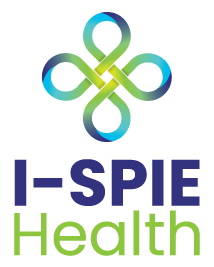

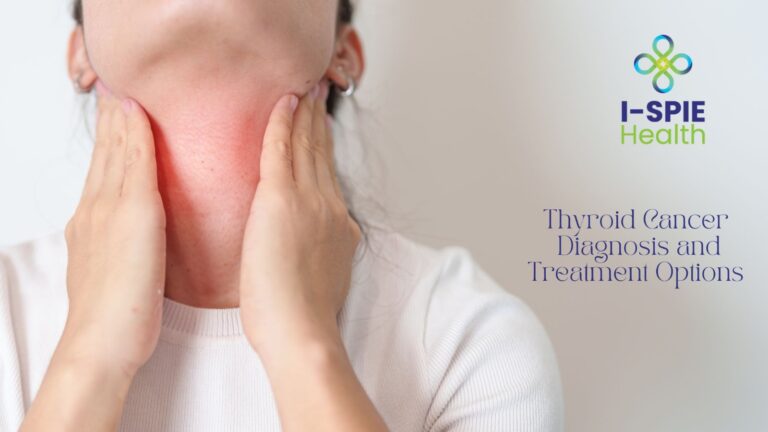
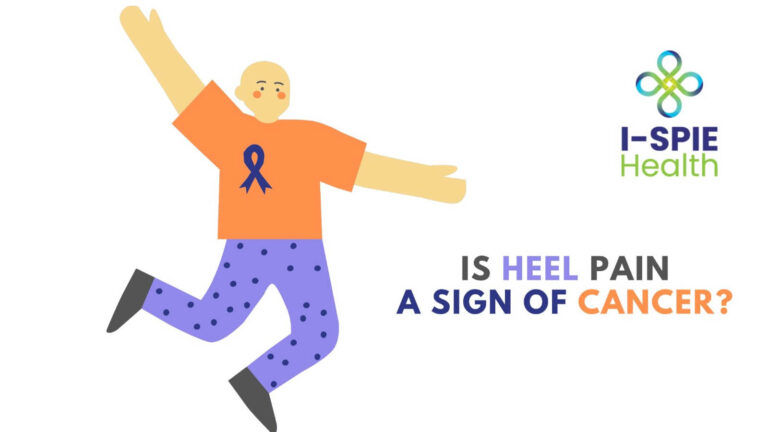
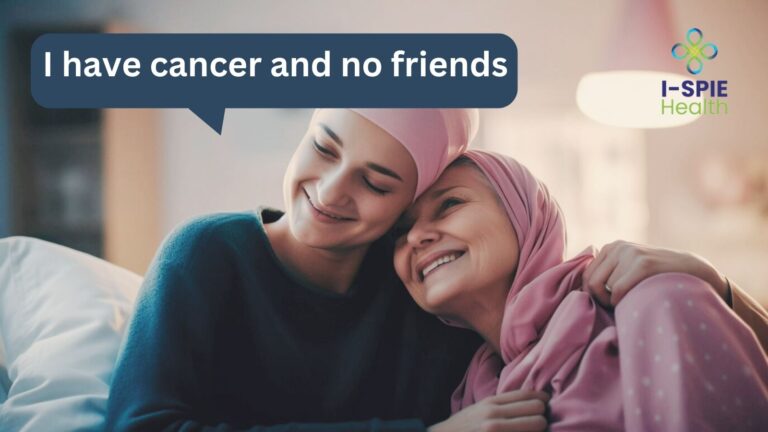


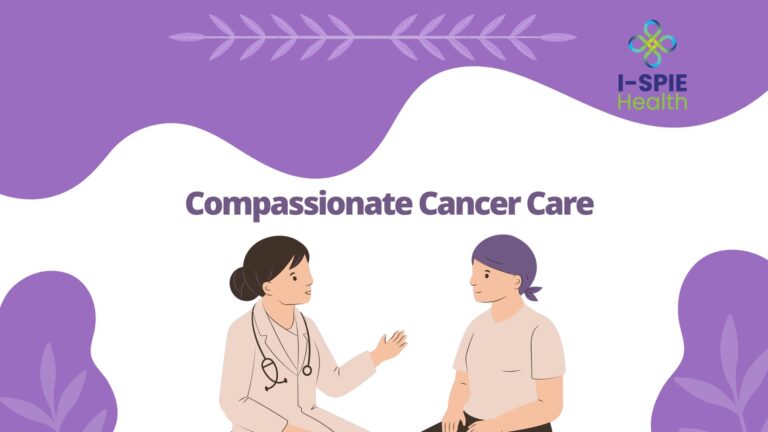
4 Comments